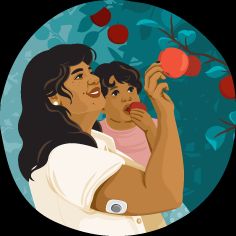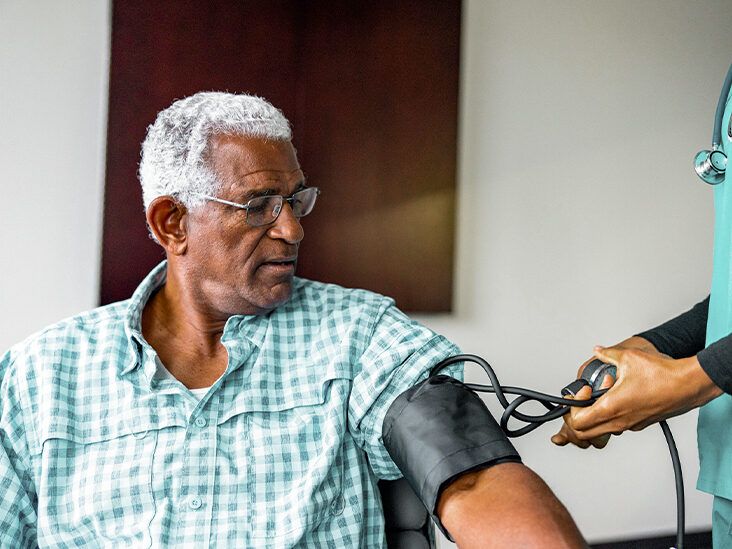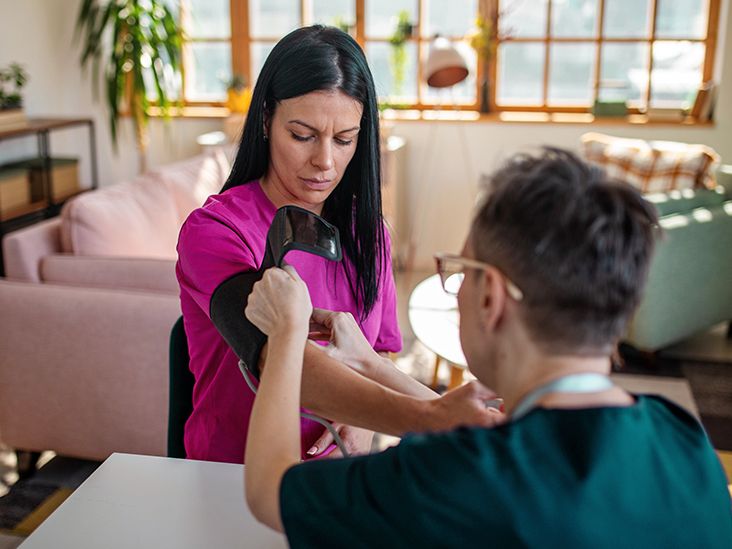Each year, hypertension is responsible for up to 8.5 million deaths worldwide. Many adults don’t know they have this very common condition until it’s too late.
Hypertension is the medical term for high blood pressure. The clinical definition of hypertension is a blood pressure reading that’s greater than 130/80 millimeters of mercury (mm Hg) (stage 1) or
Often referred to as a “
Here’s more about how many people are affected by hypertension, why the prevalence is so high, and what measures you can take to prevent it.
The
Men have a higher rate of hypertension than women (
| 1990 | 2019 | |
|---|---|---|
| Men with hypertension | 317 million | 652 million |
| Women with hypertension | 331 million | 626 million |
Again,
Why is the prevalence of hypertension so high?
High blood pressure isn’t a universally
In the
| Highest rate of hypertension | Lowest rate of hypertension |
|---|---|
| • Mississippi • Louisiana • Arkansas • Oklahoma | • Massachusetts • Connecticut • California • Vermont |
In other parts of the world, Canada and Peru have the
It’s worth noting that the effects of weight discrimination can also contribute to negative health effects.
Optum Perks is owned by RVO Health. By clicking on this link, we may receive a commission. Learn more.
People ages
| Age (years) | Hypertension rate |
|---|---|
| 18–39 | 22.4% |
| 40–59 | 54.5% |
| 60+ | 74.5% |
Regardless of the prevalence, it’s important to receive a diagnosis of hypertension at any age. Addressing high blood pressure can
High blood pressure may have a genetic link. But lifestyle changes can help prevent hypertension in some people.
Eat healthy foods
A diet high in salt may raise your blood pressure. A balanced diet with plenty of fresh produce and foods that are high in protein, fiber, and potassium may help.
For some people, changing their diet
Maintain a moderate weight
Having overweight can increase your risk of developing hypertension. Try to talk with a doctor about a realistic weight goal. Some doctors may suggest getting your body mass index (BMI) within “normal” range with diet and exercise.
Move your body
Adults should aim to get
Consider quitting smoking
Smoking may put you at
For support stopping, visit smokefree.gov or text QUIT to 47848.
Limit alcohol
You don’t have to stop drinking your favorite wines and beers, but try to pay attention to how much you’re consuming. To prevent hypertension, men will want to stick with
Prioritize sleep
Sleep affects the health of your heart and blood vessels. Not getting enough may increase the risk of hypertension, stroke, and heart disease. Adults ages 18–60 years need at least
Consider making an appointment with a doctor if you have concerns about your blood pressure. Hypertension doesn’t always cause symptoms, so getting your reading regularly is key to avoiding complications such as heart disease and stroke.
The good news is that lifestyle changes may prevent high blood pressure or even lower your blood pressure. If not, there are drugs a doctor can prescribe to keep your pressure within normal range.
Language matters
You’ll notice that the language used to share stats and other data points is pretty binary, fluctuating between the use of “men” and “women.”
Although we typically avoid language like this, specificity is key when reporting on research participants and clinical findings.
Unfortunately, the studies and surveys referenced in this article didn’t report data on, or include, participants who were transgender, nonbinary, gender nonconforming, genderqueer, agender, or genderless.






